当前位置:网站首页>Clock switching with multiple relationship
Clock switching with multiple relationship
2022-07-05 15:41:00 【Don't want to have PE class】
Title Description :
There are two synchronized frequency doubling clocks clk0 clk1, It is known that clk0 yes clk1 Second harmonic generation of , Now we need to design a switching circuit ,sel Choose when to switch , No burrs are required .
Explain :
The circuit diagram of switching the clock directly using the selection logic is shown below .

Suppose the clock selects the signal sel_clk1 It is asynchronous with both clocks , Then the clock switching time is arbitrary . Suppose the clock consists of clk1 Switch to clk2, And the switching time is clk1 When the output level is high , At this time, switching the clock immediately will cause burrs in the output clock (glitch). The waveform diagram is as follows :

The following figure shows the solution to prevent burrs in the clock switch output of the multiple of the source clock . Insert a negative edge trigger in the selected path of each clock source D trigger . Sampling selection control at the falling edge of the clock (SELECT), And enable the selection only after disabling the other clocks first (SELECT), Can provide excellent output protection :

The following is a simple explanation of this circuit :
When SELECT by 0 when , obvious CLK1 That part of the path to the output is invalid , Just look at the lower half of the circuit , stay CLK0 Falling edge sampling SELECT( After reverse ) The signal , And CLK0 Output after phase and ; When SELECT by 1 when , Similarly, the upper half of the circuit is effective ;
What needs to be analyzed is when SELECT When switching at any time , Whether there will be burrs in the output ?

First SELECT by 0, That is to say CLK0 The falling edge of the sampling register SELECT( After reverse ) Signals and CLK0 Meet each other , Output clock is CLK0;
When in the picture SELECT Change from low level to high level , It's not time for CLK0 The falling edge of , The output of the register will always be high (SELECT For before 0, Take instead 1), When they arrive in CLK0 The falling edge of the moment , Sample to SELECT High level , that !SELECT by 0, That is, the lower half of the circuit is invalid , The upper half of the circuit is effective , You need to wait until CLK1 Falling edge sampling SELECT value , Before that , Output not yet CLK0, arrive CLK1 After the falling edge of , The output becomes CLK1 and SELECT Of and , That is to say CLK1. The figure is visible , The output clock switches perfectly , There is no chopper signal or burr .
Register the selection signal on the falling edge of the clock (SELECT) It can ensure that the output terminal will not change when any clock is at high level , Clock output to prevent chopping ( It means falling edge deposit , It can ensure that the output remains unchanged before the falling edge comes , This will not cut off the current clock ). The feedback from the selection of one clock to another enables the switch to wait for the current clock to be deselected before starting to propagate the next clock , To avoid any burrs ( It means even now SELECT Suddenly changed , You must also wait until the falling edge of the current clock arrives to invalidate the current clock , During this period of time, burrs are avoided (glitch));
There are three timing paths in the circuit that need special consideration
1、 SELECT The control signal triggers either of the two negative edges ;
2、DFF0 Output to DFF1 The input of ;
3、DFF1 Of output to DFF0 The input of .
If the signal on any of the three paths changes simultaneously with the capture edge of the target trigger clock , Then the output of the register is likely to become metastable , This means that it may enter the ideal 0 and 1 The state between the two .
The above understanding draws on the experience of two big men , I just cleaned up , It is integrated with my understanding :
1.( Numbers IC Design )5.4 Clock switching - You know (zhihu.com)
2. Burrs in clock switching (glitch)_dxz44444 The blog of -CSDN Blog _ Clock burr
The complete code is as follows :
In this code , Pay attention to which clock is used ;
`timescale 1ns/1ns
module huawei6(
input wire clk0 ,
input wire clk1 ,
input wire rst ,
input wire sel ,
output reg clk_out
);
//*************code***********//
reg q0;
reg q1;
[email protected](negedge clk0 or negedge rst)
if(rst == 1'b0)
q0 <= 1'b0;
else
q0 <= ~sel & ~q1;
[email protected](negedge clk1 or negedge rst)
if(rst == 1'b0)
q1 <= 1'b0;
else
q1 <= sel & ~q0;
[email protected](*)
if(rst == 1'b0)
clk_out <= 1'b0;
else
clk_out <= (q0 & clk0)|(q1 & clk1);
//*************code***********//
endmodule边栏推荐
- Huawei Hubble incarnation hard technology IPO harvester
- Noi / 1.5 37: mercenaries
- Virtual base class (a little difficult)
- P1451 calculate the number of cells / 1329: [example 8.2] cells
- 复现Thinkphp 2.x 任意代码执行漏洞
- D-snow halo solution
- 记录一下树莓派搭建环境中遇到的坑。。。
- Xiao Sha's arithmetic problem solving Report
- Ctfshow web entry explosion
- Noi / 1.4 07: collect bottle caps to win awards
猜你喜欢
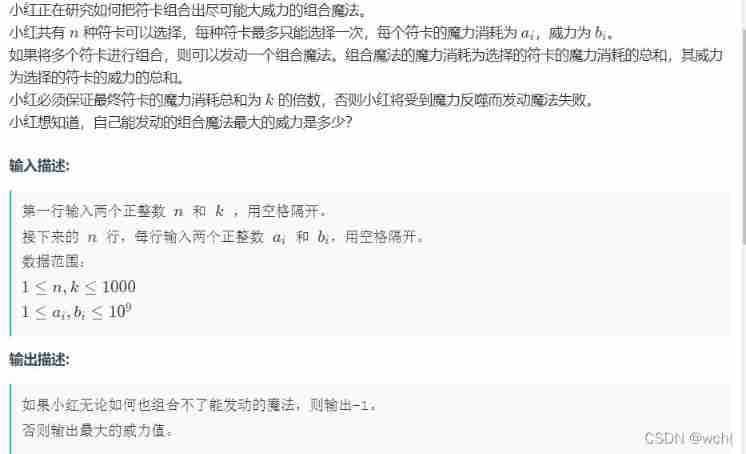
Explanation report of the explosion

CSRF, XSS science popularization and defense
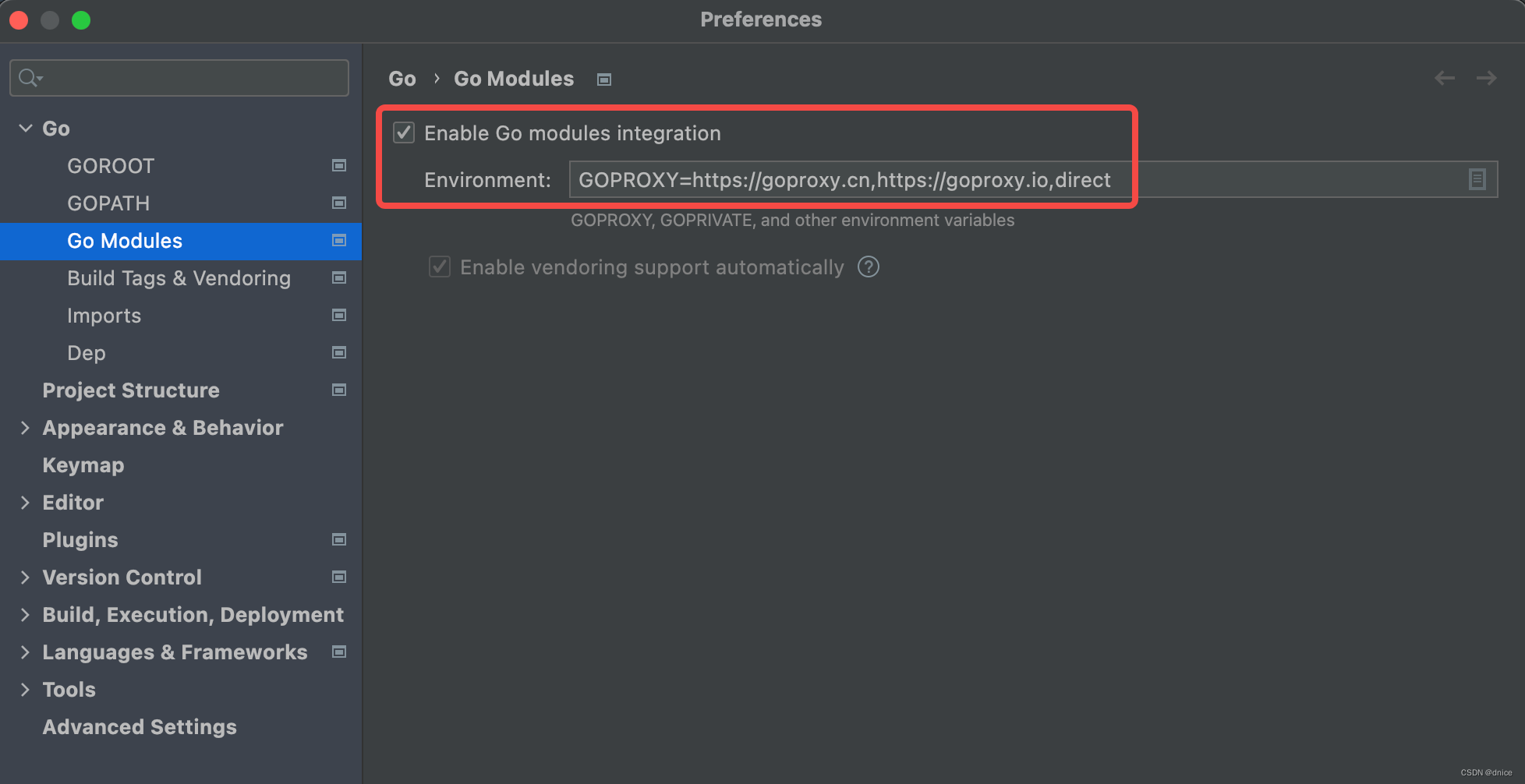
【簡記】解决IDE golang 代碼飄紅報錯
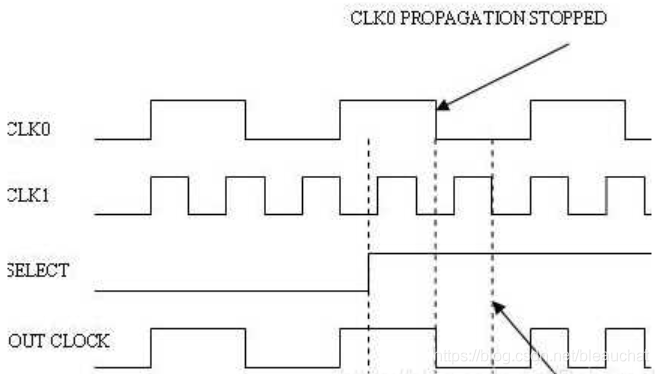
具有倍数关系的时钟切换
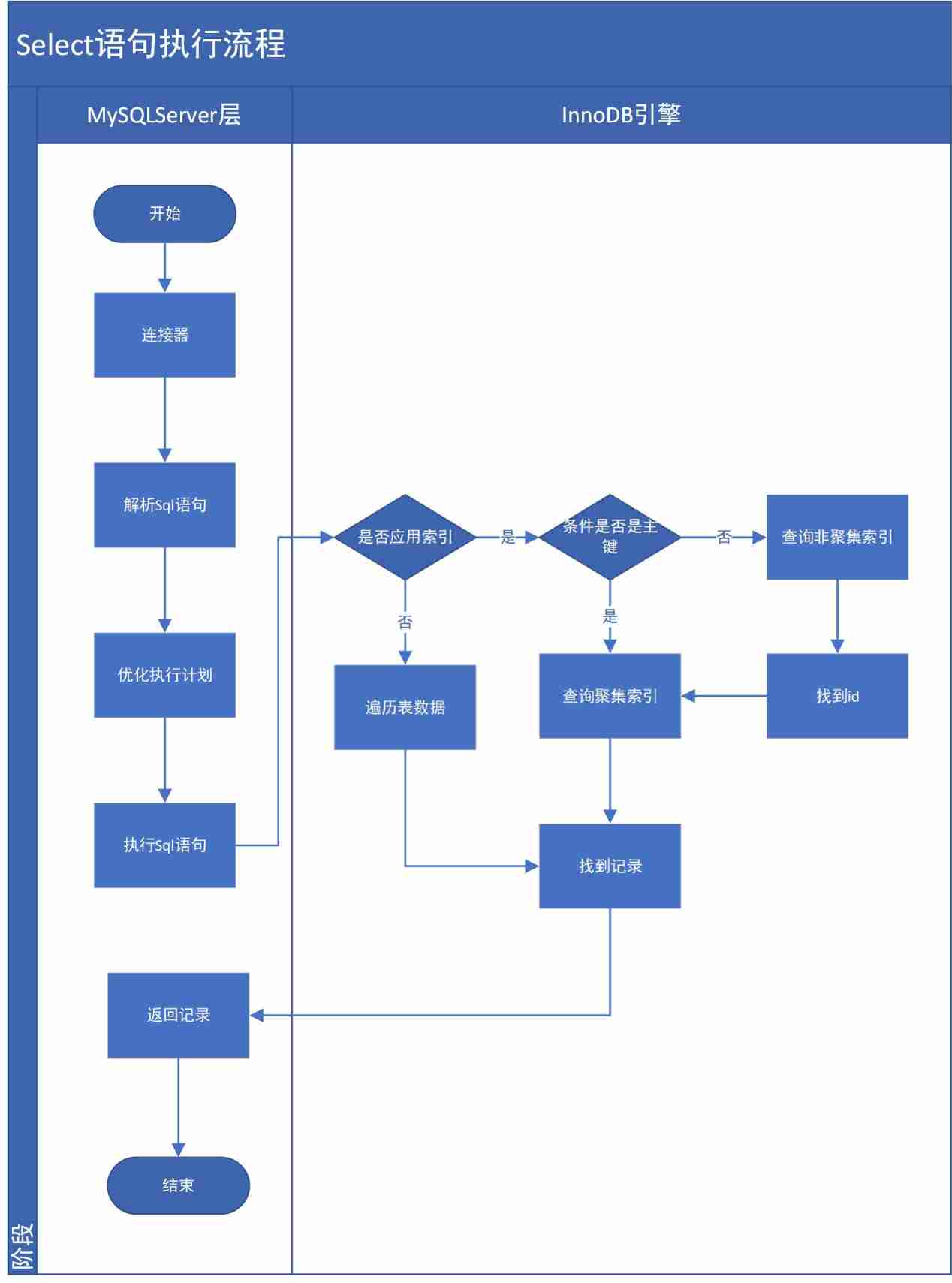
Creation and optimization of MySQL index

Aike AI frontier promotion (7.5)

Surpass palm! Peking University Master proposed diverse to comprehensively refresh the NLP reasoning ranking
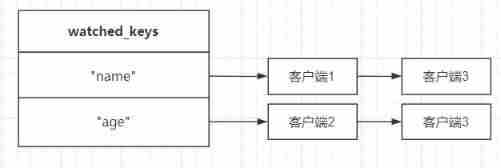
Redis' transaction mechanism

Information collection of penetration test
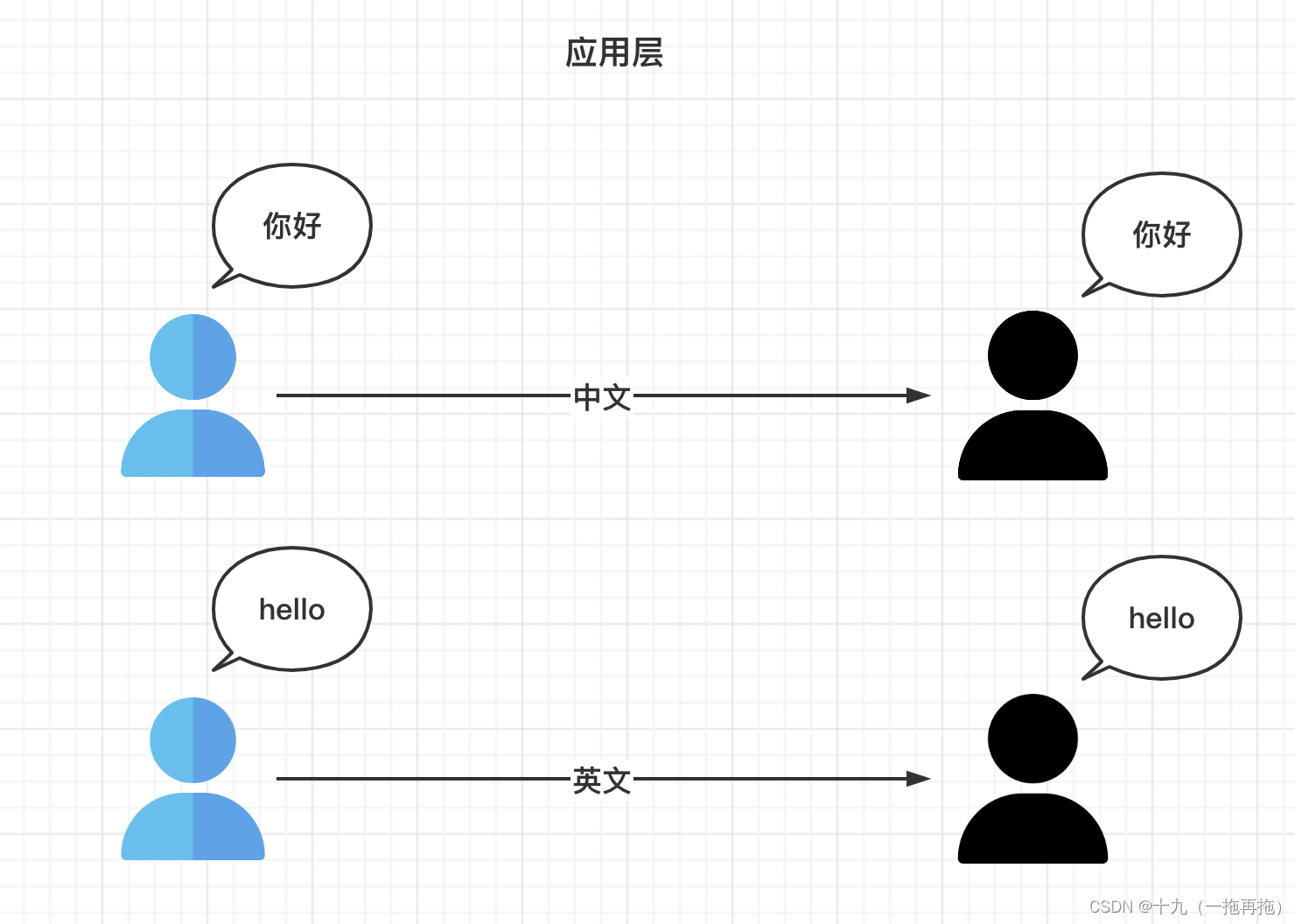
OSI seven layer model
随机推荐
Transfer the idea of "Zhongtai" to the code
F. Min cost string problem solving Report
Redis distributed lock principle and its implementation with PHP (1)
具有倍数关系的时钟切换
Data communication foundation ACL access control list
Common interview questions about swoole
sql server char nchar varchar和nvarchar的区别
Usage and usage instructions of JDBC connection pool
Thymeleaf uses background custom tool classes to process text
基于OpenHarmony的智能金属探测器
Optional parameters in the for loop
How to introduce devsecops into enterprises?
Basic JSON operations of MySQL 5.7
wyt 。。
OSI seven layer model
OceanBase社区版之OBD方式部署方式本地安装
MySQL overview
复现Thinkphp 2.x 任意代码执行漏洞
CSDN I'm coming
机械臂速成小指南(九):正运动学分析